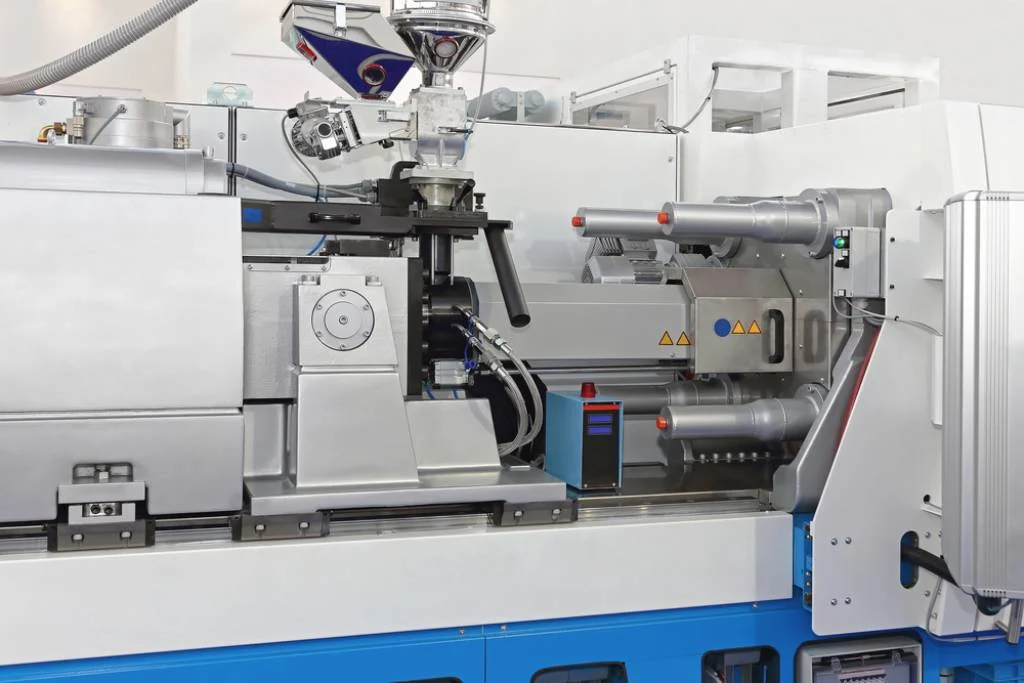Injection molding is a crucial manufacturing process used to produce complex plastic components with high precision and repeatability. The integration of Internet of Things (IoT) technology and smart sensors is revolutionizing the injection molding industry by enhancing machine performance, improving product quality, reducing downtime, and enabling predictive maintenance.
1. Role of IoT in Injection Molding
The Internet of Things (IoT) refers to the interconnection of physical devices via the internet, enabling them to collect and exchange data. In the context of injection molding:
Real-time monitoring: IoT enables the collection of real-time data from machines and sensors, such as temperature, pressure, speed, and cycle times.
Data analytics: Analyzing this data helps manufacturers optimize production processes and make informed decisions.
Remote access and control: Operators can monitor and adjust machine parameters remotely, improving flexibility and response time.
Predictive maintenance: IoT platforms can detect anomalies and predict equipment failure before it occurs, reducing unplanned downtime.
2. Smart Sensors in Injection Molding
Smart sensors are advanced devices that not only measure physical parameters but also process and transmit data for analysis. Common types of sensors used in injection molding machines include:
Temperature sensors: Monitor mold and barrel temperatures to ensure consistent melting and cooling.
Pressure sensors: Track injection and holding pressures for optimal part quality and defect detection.
Position and displacement sensors: Measure the movement of the screw and mold components.
Vibration and acoustic sensors: Detect irregular machine behavior, indicating potential faults.
Flow sensors: Monitor hydraulic fluid or cooling water flow to ensure proper operation.
3. Benefits of IoT and Smart Sensors Integration
Improved Product Quality
Accurate control of molding parameters reduces defects such as warping, sink marks, and short shots.Energy Efficiency
Monitoring energy consumption enables optimization, leading to lower operating costs.Increased Uptime
Early fault detection and predictive maintenance minimize machine downtime and extend equipment life.Process Optimization
Data-driven insights help fine-tune process parameters for maximum efficiency and throughput.Traceability and Compliance
Real-time data logging supports quality assurance, traceability, and compliance with industry standards.
4. Industry 4.0 and Smart Factories
IoT and smart sensors form the foundation of Industry 4.0, enabling smart factories where machines, systems, and humans communicate seamlessly. In injection molding:
Machines are interconnected through a central platform.
AI and machine learning algorithms analyze sensor data for continuous improvement.
Integration with ERP and MES systems streamlines operations across the supply chain.
5. Challenges and Considerations
Data Security: IoT devices must be protected against cyber threats.
Integration Complexity: Legacy equipment may require retrofitting or additional hardware.
Initial Investment: Upfront costs for sensors and IoT infrastructure can be significant.
Skill Gap: Workforce training is essential to interpret and utilize data effectively.
Conclusion
The integration of IoT and smart sensors into injection molding machines is a transformative step toward smarter, more efficient, and more reliable manufacturing. By enabling real-time monitoring, predictive analytics, and remote control, these technologies support higher product quality, reduced downtime, and better resource utilization. As adoption grows, they will play a key role in the evolution of digital manufacturing.


